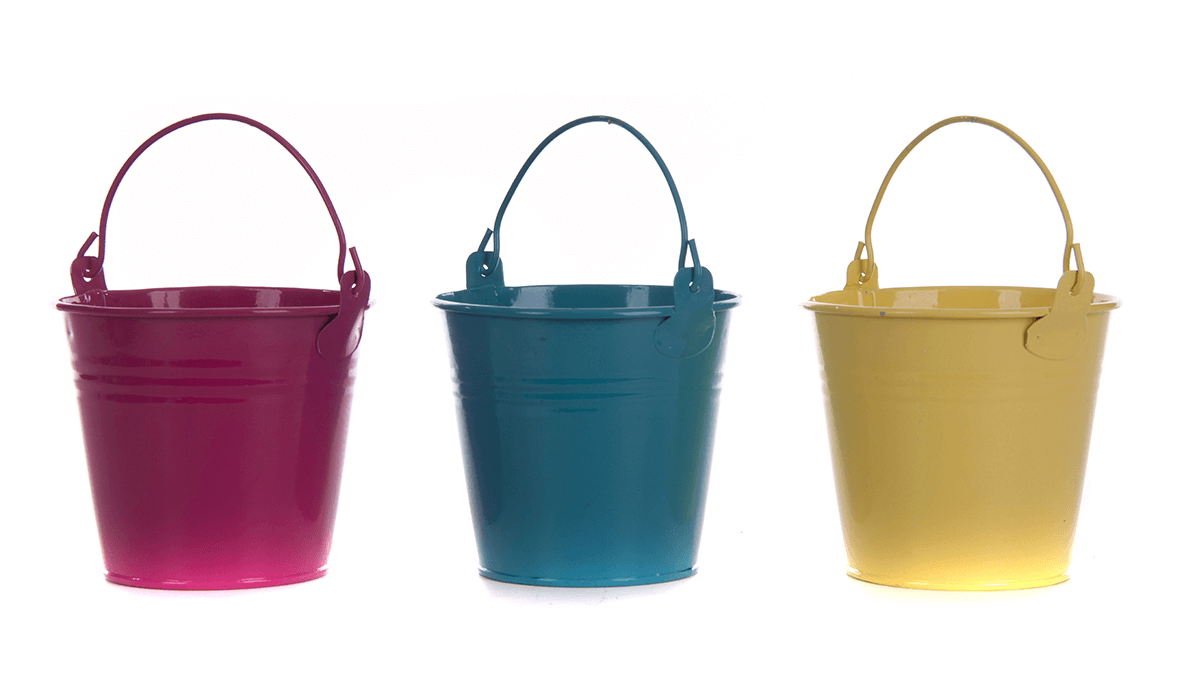In this guide
When you retire and begin drawing income from your savings, selecting and managing your investment portfolio is more important than ever.
On the one hand, you need to generate good capital growth to ensure your savings can sustain a long retirement, with experts estimating around 60% of the income you receive will come from the growth in your savings after retirement. Exposure to growth assets is necessary to overcome the effects of inflation over time but comes with the risk of short-term capital losses and volatility along the way.
At the same time, you need to withdraw regular amounts to live on. Ideally, you’ll want to avoid being forced to sell investments after a short-term fall in value to fund those payments.
Managing these competing requirements can be an ongoing balancing act for retirees. One solution is a bucket strategy, so called because it establishes different pools of savings or ‘buckets’ to address various needs.
What is a bucket strategy?
Join SuperGuide to continue
- Interactive tools and calculators give you power to plan
- Step-by-step guides help you put plans into action
- Pension fund rankings reveal how funds are performing
- Tips and strategies to boost your income in retirement
- Comprehensive super and pension rules in plain language
- Newsletters and webinars keep you on top of the current rules



Leave a Reply
You must be logged in to post a comment.